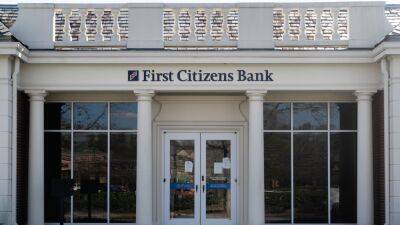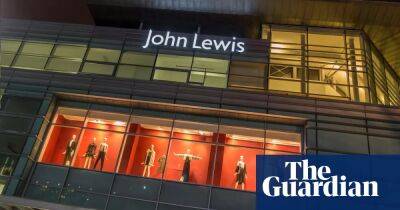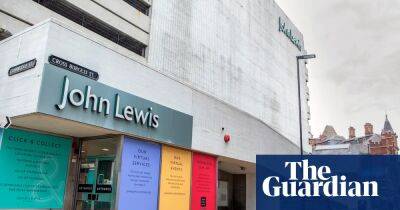Employee ownership is the heart and soul of John Lewis – losing that would destroy it
T he John Lewis Partnership (JLP) has long been held up as an example of how business should be done. Back in the early 2010s, David Cameron and Nick Clegg’s coalition government used it as the poster child for “responsible capitalism”. In fact, Clegg, the then deputy prime minister, had a vision for a “John Lewis economy”, as he believed employee ownership was a “hugely underused tool in unlocking growth”.
Fast forward a decade, and John Lewis is looking into diluting its employee-owned structure by selling a stake in order to raise funds to invest in the business. While the need to invest is paramount right now in retail, as businesses look to compete with the technological might of Amazon, tampering with John Lewis’s partnership model would be a huge mistake.
John Spedan Lewis, the son of the department store’s founder, created the partnership model back in 1929 after realising that he, his father and his brother earned £26,000 a year, while the rest of the staff shared £16,000 between them. Not only did he think such inequality was incorrect – “It is all wrong to have millionaires before you have ceased to have slums,” he said – Spedan Lewis believed the lack of morale it created was hindering the business.
The partnership model, whereby the staff all own the business, overcame this. In John Lewis’s case, it ensures staff go that extra mile and make sure the customer gets the best experience, product and value each and every time they visit. It is precisely this model that makes so many of its customers so loyal. John Lewis and Waitrose shoppers could buy cheaper beans, bread or bras elsewhere, but there’s an inherent trust in the retailer that is tied up in its ownership structure.
The fact that the retailer spent
Read more on theguardian.com

















